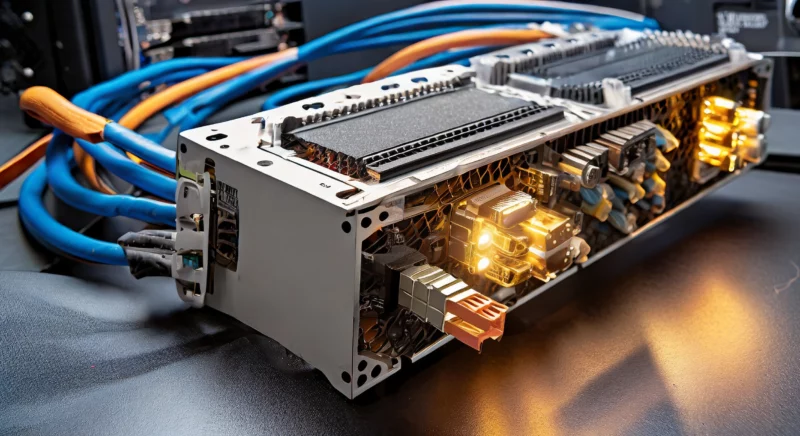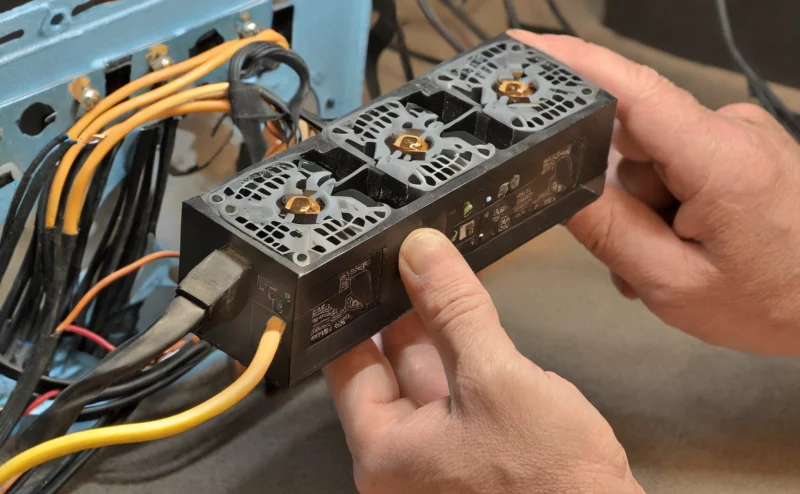In the intricate world of computer hardware, encountering issues is not uncommon. One problem that often perplexes users is the illumination of the VGA light on the motherboard. This article serves as a comprehensive guide to understanding and resolving the VGA light issue. From deciphering its meaning to troubleshooting the problem, we’ll cover every aspect to empower you in overcoming this perplexing situation.
What Does the VGA Light Mean?
The VGA light on your motherboard is an indicator designed to alert users about potential issues related to the Graphics Processing Unit (GPU) or the display output. When this light comes on, it suggests that there may be a problem with the VGA connection or the graphics card itself.
What is VGA Light on Motherboard and its Importance?
The VGA light is a diagnostic feature incorporated into modern motherboards to facilitate easier issue identification. Its importance lies in its ability to provide a quick visual cue, directing users towards potential GPU-related problems. Recognizing the significance of this indicator can significantly expedite the troubleshooting process.

Common Causes of the VGA Light Illuminating
Several factors can contribute to the VGA light on the motherboard lighting up:
- Loose Connection: A loose or improperly connected VGA cable can trigger the VGA light.
- Faulty Graphics Card: A malfunctioning or incompatible graphics card may be the root cause.
- Power Supply Issues: Inadequate power supply to the graphics card can result in the VGA light activation.
- Driver Problems: Outdated or incompatible graphics drivers might trigger the VGA light.
- Motherboard Compatibility: Some motherboards may not fully support certain graphics cards.
Identifying Symptoms of VGA Light on Motherboard Issues
Recognizing the symptoms associated with the VGA light issue is crucial for effective troubleshooting. Here are some common signs:

- No Display Output: The most apparent symptom is the absence of a display despite the system powering on.
- Flickering or Distorted Display: If the display flickers or shows distortions, it may indicate a VGA-related problem.
- System Freezing or Crashing: Inconsistent system behavior, such as freezing or crashing, can be linked to VGA issues.
Troubleshooting VGA Light on Motherboard Issue
Now, let’s delve into practical steps to troubleshoot and resolve the VGA light issue:
- Check Cable Connections: Ensure that the VGA cable is securely connected to both the graphics card and the monitor. Consider using a different cable to rule out any potential issues.
- Inspect Power Supply: Verify that the graphics card is receiving adequate power. Check the power connectors and consider using a different power supply cable.
- Update Graphics Drivers: Visit the official website of your graphics card manufacturer and download the latest drivers. Install them and restart your system.
- Test with Another Graphics Card: If possible, substitute the current graphics card with a known working one to determine if the issue lies with the card itself.
- Check for Overheating: Excessive heat can cause GPU malfunctions. Ensure that the cooling system is functioning correctly, and consider cleaning the GPU and fans.
- BIOS Update: Check if there is a BIOS update available for your motherboard. Sometimes, updates address compatibility issues with certain hardware.
What Can I Do With the VGA Light?
Understanding the actions you can take when the VGA light comes on is pivotal. Here are your options:
- Isolate the Issue: Identify whether the problem lies with the graphics card, motherboard, or other components. This helps in targeting your troubleshooting efforts.
- Seek Professional Assistance: If troubleshooting on your own proves challenging, consider consulting with a professional technician or reaching out to the motherboard or graphics card manufacturer for support.
- Upgrade Components: If the VGA light issue persists and your hardware is outdated, consider upgrading your graphics card or motherboard for enhanced compatibility and performance.
Why is the VGA light on my motherboard flashing?
Flashing VGA lights may indicate an intermittent connection issue. Recheck your VGA cable and ensure it is securely connected to both the graphics card and the monitor.
Can a faulty power supply trigger the VGA light?
Yes, inadequate power supply to the graphics card can lead to the activation of the VGA light. Verify the power connections and consider using a different power supply cable.
How often should I update my graphics drivers?
Regularly updating your graphics drivers is advisable, especially when you encounter issues. Check for updates on the manufacturer’s website and install them as needed.
What if the VGA light issue persists after updating drivers?
If the problem persists, try rolling back to a previous driver version or consider testing with a different graphics card to determine if the issue is specific to the current hardware.
Can a BIOS update solve the VGA light problem?
Yes, BIOS updates can address compatibility issues. Check for the latest BIOS version for your motherboard on the manufacturer’s website and follow the update instructions.
Mastering the art of troubleshooting the VGA light on your motherboard empowers you to swiftly overcome display-related challenges. By understanding its meaning, identifying common causes, recognizing symptoms, and implementing effective solutions, you can confidently address the VGA light issue and ensure the seamless operation of your computer system. Remember, a well-informed approach is the key to resolving hardware conflicts and optimizing your computing experience.
Last Words

